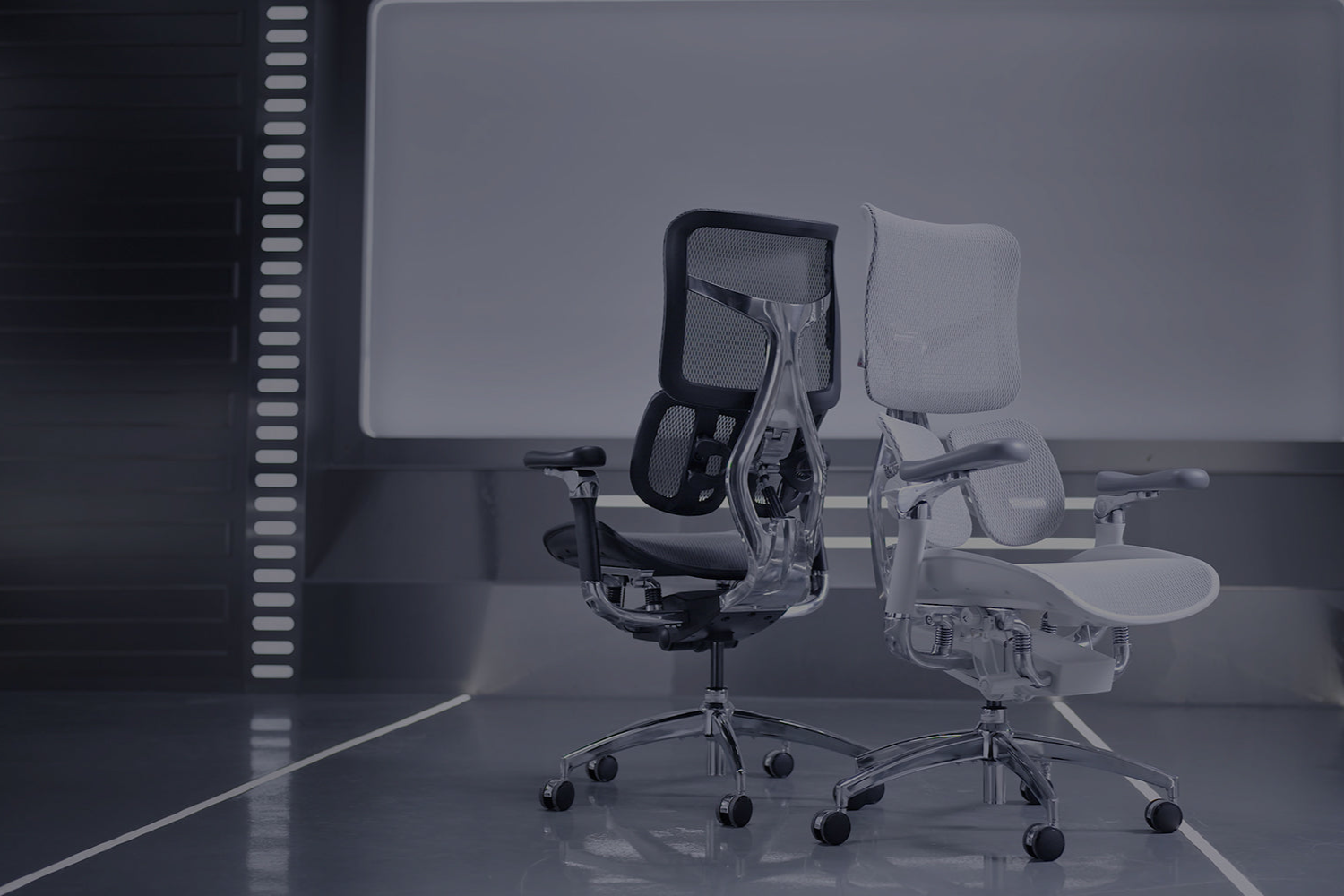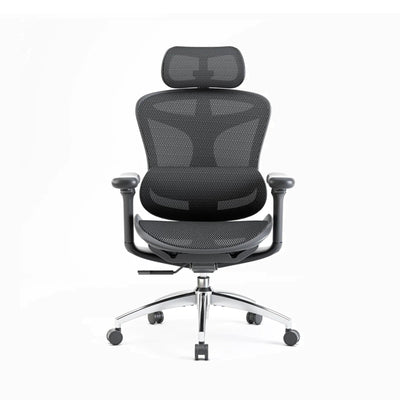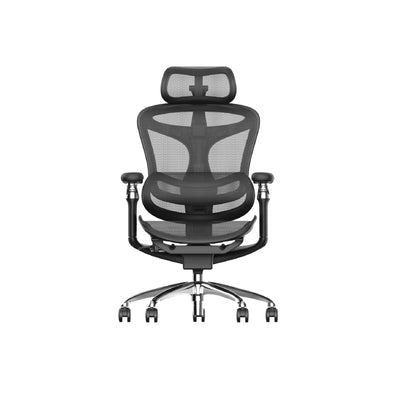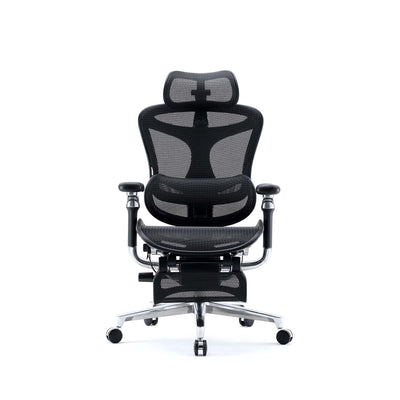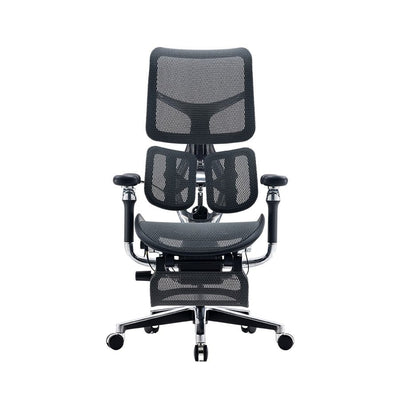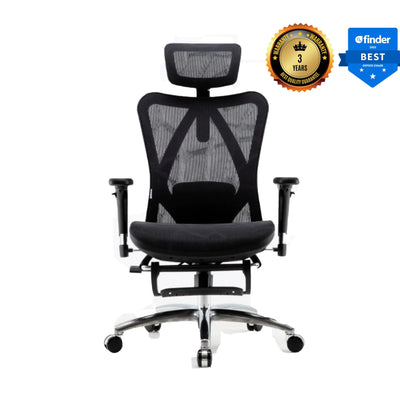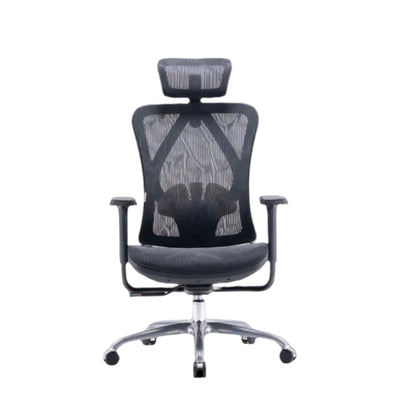
If you’ve caught yourself slumping over your desk, you are not alone. Many of us slide into slouchy habits without realising. A weak back often invites poor posture and discomfort. But you can reverse this trend with deliberate effort and smart training. This guide will take you on how to train your back for perfect posture from slouch to strong, step by step.
Why Posture Matters
Good posture does far more than make you look poised. It helps your spine stay aligned. It reduces strain on muscles and joints. It improves breathing, digestion, and your confidence too. So the question lingers: does a strong back improve posture? Yes—it provides structural support your torso needs to stay upright. Later we’ll revisit that question clearly.
A back that resists fatigue helps you maintain an erect stance whether seated or standing. Once strength builds, the urge to slump subsides. That shift matters for long hours at your workspace.
The Role of Ergonomics
You might own an ergonomic chair to support your body. That’s a good start. But strength cannot come from the chair alone. You must build musculature that actively supports posture. Even the best office chair won’t rescue you if your back is weak. Yet the right seating helps reduce strain so you can train effectively.
Choose an ergonomic office chair that encourages a neutral spine. Adjust its height, tilt, and lumbar support. Use that environment to practise alignment. Sit tall, with shoulder blades gently drawn back and down. Avoid hunching forward to reach your keyboard.
When I fitted my own workspace with a comfy, supportive chair from Sihoo, my back no longer screamed by late afternoon. That experience reminded me: you need both tools and training. Yes, I mention Sihoo here for that reason. But it remains just one piece of the posture puzzle. You’ll still need targeted exercise to shape your back.
The Myth of Perfect Spine
No human spine is perfectly straight. It curves gently in places. What we seek is balance and resistance against collapse. A “perfect posture” is dynamic, responsive, and fatigue-resistant. You want a torso that holds itself without strain.
Training your back teaches it to resist gravity’s downward pull. When you build strength in the right regions, slouching becomes uncomfortable. You learn to prefer upright alignment unconsciously.
Key Muscles to Train
To win this battle, you must train several muscle groups:
-
Erector spinae — the long muscles alongside your spine
-
Rhomboids and middle traps — between your shoulder blades
-
Lower traps and lats — for scapular stability
-
Deep core stabilisers, like the multifidus and transversus abdominis
-
Glutes and posterior chain to support pelvic alignment
These muscles all coordinate to keep your trunk straight and your pelvis neutral. Neglect any one group, and your posture will suffer.
The Training Principles
-
Consistency — five short sessions beat one long session.
-
Progressive overload — add weight, reps, or range over time.
-
Quality over quantity — do each rep with control.
-
Mind-muscle connection — visualise the target muscle working.
-
Recovery built in — allow rest and preserve mobility.
When you follow these rules, your back will adapt steadily without injury.
Sample Routine: Beginner Back Strength
Try this routine two to three times per week. Pair it with walking, stretching, or yoga on off-days.
1. Bird Dog (Quadruped Reach)
From hands and knees, extend opposite arm and leg. Pause, then return. Do 8–12 reps per side.
2. Superman (Alternating Arm-Leg Raise)
Lie face down. Lift one arm and the opposite leg. Pause, lower. Alternate for 10 to 15 per side.
3. Dumbbell Row (Single Arm or Two-Arm)
Hinge at hips, keep spine neutral. Pull weights to ribs. Do 10–15 reps per side.
4. Bodyweight Pull-Ups or Assisted Pull-Ups
Use bands or machine if needed. Aim for 8 to 12 controlled reps.
5. Face Pulls (with Cable or Resistance Band)
Pull band toward face, elbows high. Squeeze shoulder blades. Do 15–20 reps.
6. Plank Variations
Front plank and side planks. Hold 30–60 seconds per side.
7. Glute Bridges
Lie on back, feet planted. Lift hips, squeeze glutes. Do 15 to 20 reps.
Rest at least 60 seconds between sets. Focus on breathing and form.
Intermediate & Advanced Options
Once your basic routine feels manageable, consider these variations:
-
Increase dumbbell or cable weights
-
Use slow eccentrics (lowering phase)
-
Add isometric holds (freeze at midpoint)
-
Use unilateral challenges (single-leg or single-arm)
-
Try weighted pull-ups or weighted planks
-
Incorporate stability tools (Swiss ball, TRX)
These modifications force your back to adapt to tougher demands. Growth lies outside comfort.
Daily Habits for Posture
Strength alone won’t conquer every slouch. You should layer good habits throughout your day:
-
Stand up at least once every 30 minutes.
-
Walk while on calls, if possible.
-
Sit tall and adjust your seat often.
-
Use phone speaker or headset to avoid cradling.
-
Use reminders or apps to cue alignment checks.
-
Sleep in supportive positions (on your back or side, not stomach).
These tiny changes compound over weeks to transform posture.
Stretching & Mobility
Stretching complements strength. These movements help lengthen tight muscles that resist upright posture:
-
Chest stretch in doorframe
-
Upper trapezius and levator stretch
-
Thoracic spine rotations
-
Cat-cow mobility
-
Child’s pose with arms extended
-
Hamstring and hip flexor stretches
Perform mobility work either before strength sessions or later in the day. This balance encourages flexibility and stability together.
Posture Test & Self Assessment
Every few weeks, evaluate your posture. Use these cues:
-
Can you hold your shoulders back and down without effort?
-
Do your ears align vertically with your shoulders?
-
Is your spine neutral when you stand or sit?
-
Do you feel fatigue or soreness in your mid-back during the day?
Record photos from side and back views—or ask a friend to check your alignment.
If you notice recurring forward head or rounded shoulders, these are signs your back and upper body still need more training.
Troubleshooting Common Roadblocks
“My lower back hurts doing all this.”
You might be overextending or arching too much. Focus on neutral spine. Reduce range and build control first.
“I feel nothing in my back, just my arms.”
You may be compensating with arms or shoulders. Slow down, drop load, and reconnect with your back. Think scapula retraction.
“I’ve plateaued and can’t progress further.”
Try changing your variables. Use tempo changes, increase volume, or change grip or angle. Variation sparks adaptation.
“I’m too exhausted after work to train.”
Commit to short sessions. Even 10 minutes of quality work is better than skipping entirely. Use micro-routines during lunch breaks.
Revisiting the Question
Earlier, I posited: does a strong back improve posture? The answer is unequivocally yes. When your back can bear load efficiently, your body is less tempted to collapse into habitual slouch. Strength gives you the capacity to maintain alignment over time. Without that capacity, your posture will default to whatever is easiest.
Thus, the mix of muscle control, endurance, and mobility yields ideal posture.
Tracking Progress
To stay motivated, monitor your gains:
-
Photograph posture every 4 weeks
-
Log exercise performance (weights, reps)
-
Record daily posture scores or feelings
-
Track reduction in aches or fatigue
-
Measure new carry, reach, or work tasks
When you see improvement, you feel it—and that fuels further effort.
Integrating Strength into Life
Strength that matters is useful in daily life. Use these tips:
-
Carry bags/backpacks high and centred
-
Lift with back and legs in harmony
-
Avoid slinging items on one shoulder
-
Use active sitting (small movements)
-
Bracket posture checks with cues (e.g. finishing email, standing up)
These integrate your training into real life, translating gym work into consistent upright posture.
Safety & Precautions
-
Warm up before training with light movement
-
Don’t train through sharp pain
-
Seek professional advice if you have spinal conditions
-
Progress slowly—avoid sudden leaps
-
Use joint-friendly variations if needed
When in doubt, consult a physiotherapist before starting intense routines.
Transforming from slouch to strong is not instant. It demands patience, awareness, and consistent effort. You’re building a structure of support underneath your skin: musculature that resists collapse. That structure allows alignment to become automatic.
Your seating surroundings matter, too. When you pair your training with a supportive ergonomic chair, you reduce passive load and let your body do the real work. But even the best office chair can’t replace your muscles’ strength. So don’t rely solely on your seat—train the back too.
If you choose a quality ergonomic office chair, it becomes a partner in your posture journey. But the heart of the change lies in your muscles. You can even appreciate the comfort of your seat all the more once your body supports itself.
In the end, stand tall, sit tall, and train tall. A strong back is your posture’s quiet hero. Give it the respect, challenge, and love it deserves.

